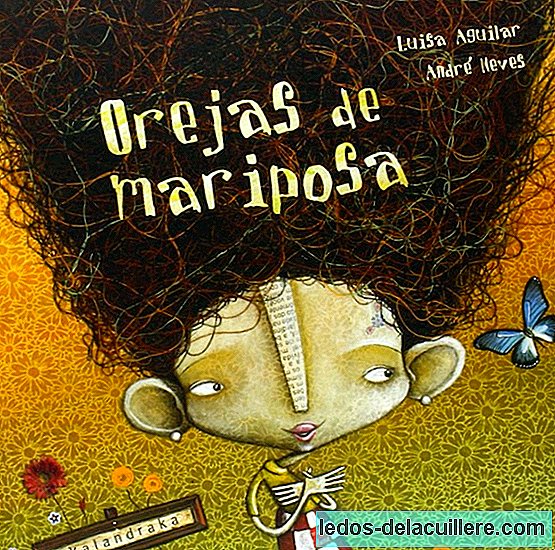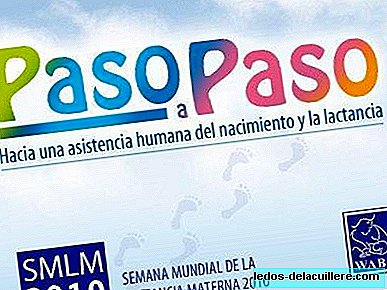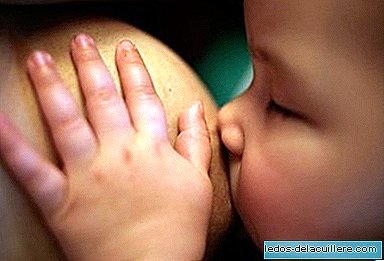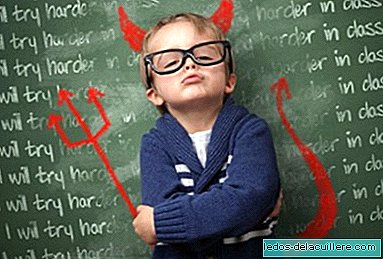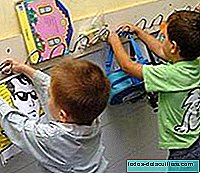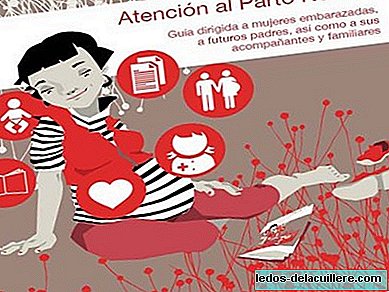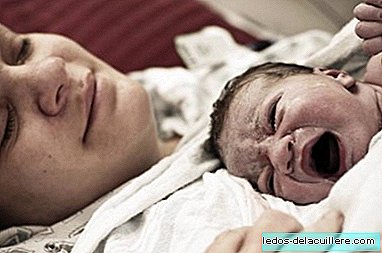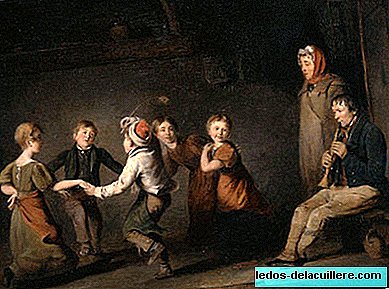
It doesn't matter if you are Pavaroti, Caballe or the cat runs when you start singing the first bars of the song. If there is something that the little ones love is that you sing a children's song and if it can be the school's complete musical repertoire much better. No one escapes these requests from our beloved listeners and I don't know about you, but if something still causes me great shame, it is to have to sing in public and don't talk if I have to perform it with choreography and everything.
Something that you do not realize until you are a father and you see yourself in one of these, is that there are 300 different variations for each children's song and you can find that your son is angry because you are not singing the song correctly . It's almost a crime to sing the Incy Wincy Spider when everyone knows it's Insy Winsy spider! But what I didn't know is the origin of many of the children's songs, the traditional ones of course and especially those that we have imported from the British schools.
BAA, BAA, BLACK SHEEP
It dates back to 1731 and is one of the oldest songs preserved. It is believed that he talks about the taxes on wool of 1275 that taxed black wool. But late in the 20th century there were those who considered that it conveyed a racial message and it was forbidden to sing it in schools or replace the word "black" with another that was politically correct. So we can find different lyrics on the same song.
LONDON BRIDGE IS FALLING DOWN
Dating from 1744, the most accepted version (there are several) is that it talks about the alleged destruction of the London bridge by Olaf II of Norway, King Viking about the year 1000. ("Supposed" because according to some historians do not believe that the attack would have taken place.) The popularity of the song around the world is often cited as further evidence that it was the Vikings who created it, although we already know what the English are like when they have to count their lost battles.
Another version, crazy version I would say, talks about the sacrifice of children. According to its defenders, at that time it was believed that for the London Bridge to remain firm and standing it should be built on the basis of human sacrifices, especially children, who would take care that the bridge did not collapse. As much as we have reviewed the architecture treaties, no technique has been found that requires the foundations to settle on human remains.
We know this version as "this bridge is going to fall."
MARY, MARY, REMOVE CONTRARY
An example of how something terrible can be narrated in children's songs. Although I still don't understand what it was like to do something like that, I imagine they were difficult times. The song is from 1744 and in English "contrary" is a way of calling the psycho killers. This song is associated with gardening announcements and deals with the murderous tendencies of Queen Mary I of England (1553-1558) and which was marked by the execution of hundreds of Protestants. Silver bells and cockle shells are instruments of torture and not garden tools. Amazing, right?
THREE BLIND MICE
Another song that, like the previous one, talks about the persecution of Protestants during the reign of Mary I. The three mice represent the three Protestant bishops Hugh Latimer, Nicholas Radley, and the Archbishop of Canterbury, Thomas Cranmer who conspired against the queen and died executed. Some critics say that the fact that the mice are blind represents how deceived they were with their beliefs.
HERE WE GO ROUND THE MULBERRY BUSH
Like "Ring Around the Rosie," "Here We Go Round the Mulberry Bush" is often sung as part of a child's play. According to historian RS Duncan, former governor of the Wakefield Prison in England, the song originated with the inmates of his institution, which were exercised around a mulberry tree. The song dates from 1805.
It is the first time I hear this version of the song, to date it has always been "The weels on the bus go round and round" that my children love. I don't know what your original version will look like.
ROCK-A-BYE BABY
The mythical "fall asleep child" with whom we have strangely slept all the children of our generation despite the coconut and its appetite for young infants. He is believed to speak about the son of King James II of England and Mary of Modena. There is a widespread belief that he was not really his son, but he was passed as such to secure a Catholic heir to the throne. That mania of the monarchies by their men sitting on the throne, you know. By the way, the nanny has been sleeping dogs since 1765.
RING AROUND THE ROSIE
Of all the stories behind the lullaby, "Ring Around the Rosie" probably has the most infamous of all. Although its lyrics have changed over the years, the most popular theory is that it deals with the great plague of London in 1665. "The roise" was what was called the scabs that covered the sick and evil Smell was trying to hide with a pocket full of flowers “a pocket full of posies.” The plague killed almost 15% of the population of the country, which gives rise to the end of the verse "ashes, ashes, we will all die" - " Ashes! Ashes! We all fall down ”-.
But historians do not believe that this story is true and believe that it is due to the prohibition of dancing among Protestants of the 19th century and believe that the song was a way to skip the ban. You know, teenagers and their allergy to norms.


